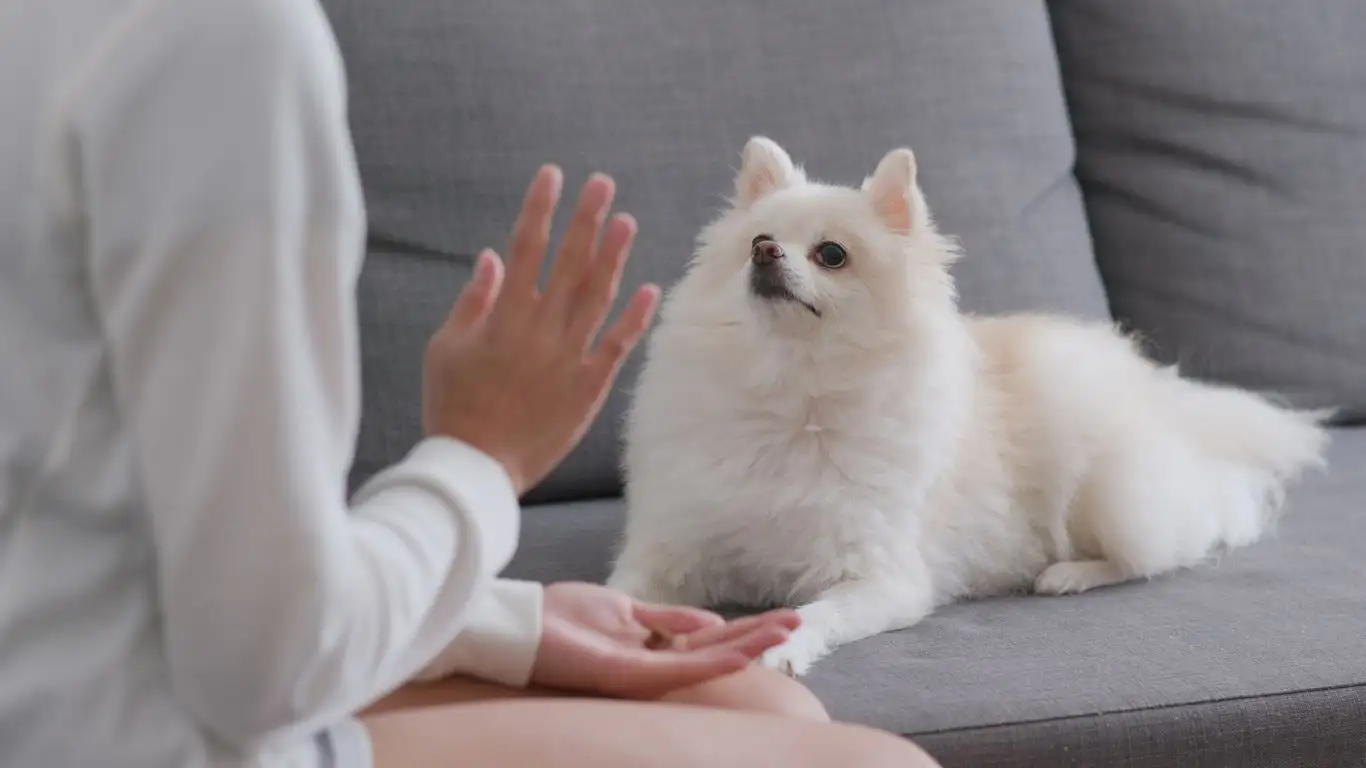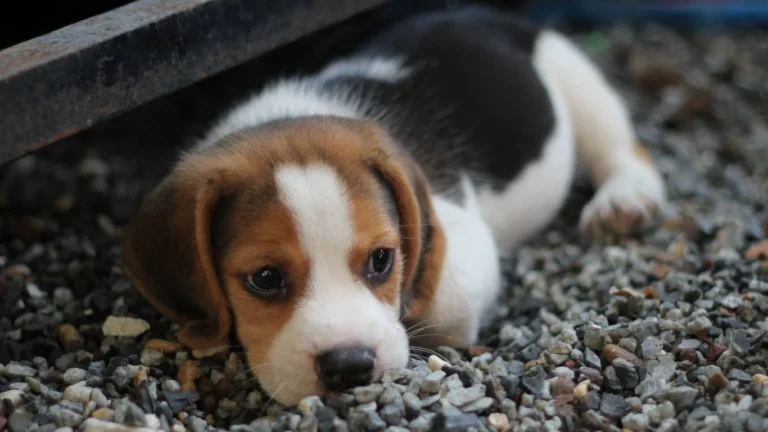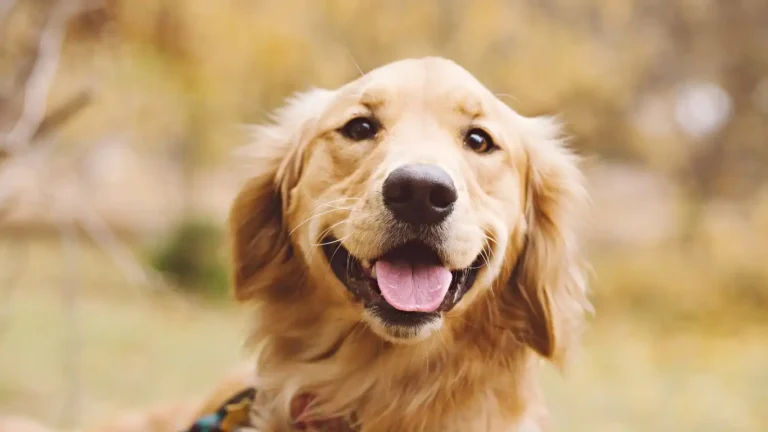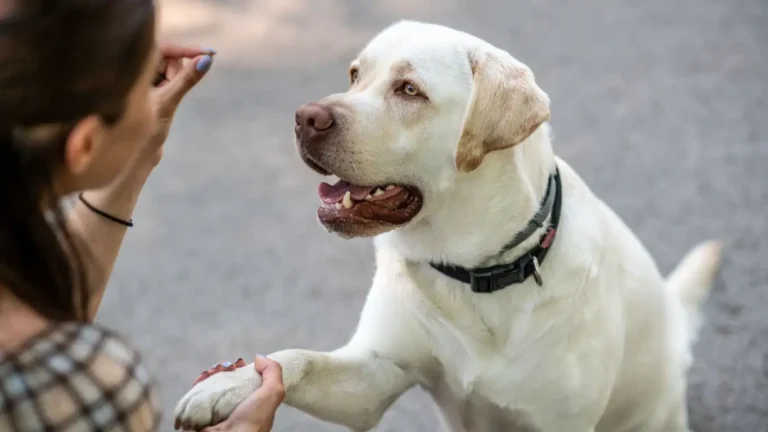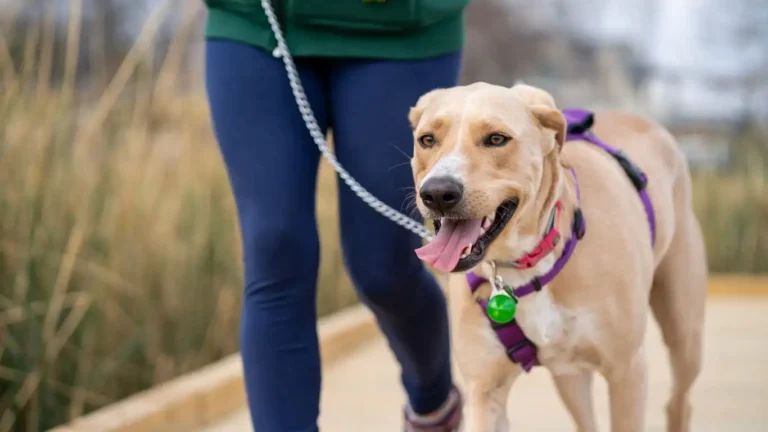Stop Leash Biting Fast: Train Your Dog the Right Way Today
If you’re anything like me, you’ve probably been on the receiving end of a tug-of-war match with a dog who thinks their leash is a chew toy. I remember when my own pup decided that walks were less about exploring the neighborhood and more about sinking her teeth into the leash like it owed her money. Whether you’re raising a rambunctious puppy or dealing with an older dog who’s just picked up this quirky (and frustrating) habit, learning how to train a dog to stop biting their leash can feel like trying to solve a Rubik’s Cube in the dark. But don’t worry—you’re not alone, and yes, this behavior can be corrected without losing your patience (or another leash).
Understanding Why Dogs Bite the Leash
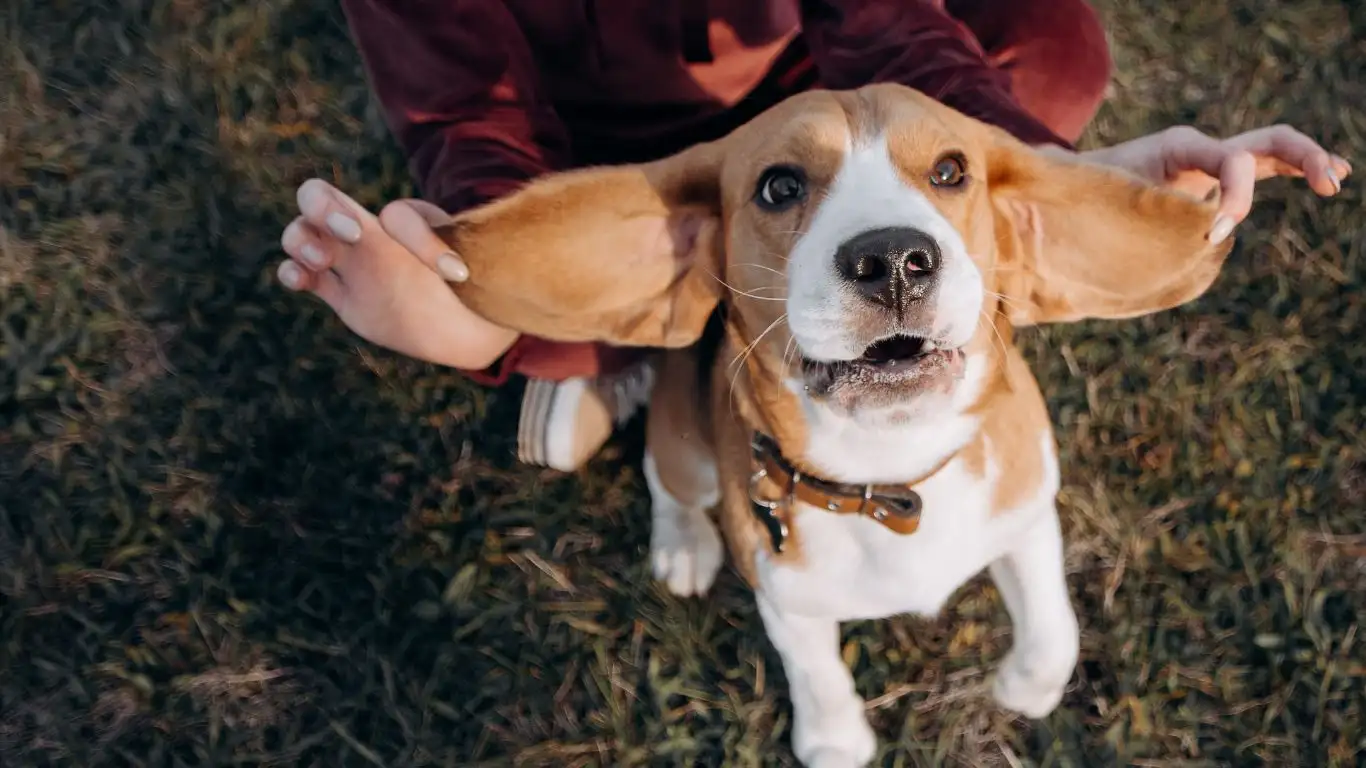
Before jumping straight into fixes, it helps to understand *why* this is happening in the first place. In my medical practice, I always tell patients that knowing the root cause of a symptom is half the treatment—and dog training is kind of similar. Here are a few reasons your pup might be obsessed with chomping on the leash:
- Overexcitement: Some dogs literally can’t contain themselves during walks, and the leash is the closest outlet for that energy.
- Teething: If you’ve got a puppy, those sharp little teeth are looking for relief. Guess what? Your leash fits the bill.
- Attention-seeking: Yup, some dogs have figured out that biting the leash gets a reaction—whether it’s good or bad.
- Frustration: If your dog isn’t getting to sniff that one specific bush or say hi to every other dog, the leash becomes the punching bag.
Every dog is unique, just like every patient I see. It’s not a one-size-fits-all situation. That said, once you figure out the why, it’s much easier to move toward the *how*.
Step-by-Step: How to Train a Dog to Stop Biting Their Leash

Step 1: Stay Calm and Don’t Yank the Leash
First things first—don’t turn this into a power struggle. I totally get the instinct to yank the leash out of their mouth and say “No!” with all the exasperation in the world, but trust me, that just makes things worse. Dogs respond better to calm, assertive energy. When my own dog started biting the leash every time we stepped outside, I had to remind myself to breathe and keep the vibe chill. If you start the walk stressed, your dog picks up on that energy.
Step 2: Offer a Better Option
Redirection is your best friend. If your dog starts biting the leash, immediately offer a toy or a treat as an alternative. I kept a special chew toy clipped to my waist during our early training days—it wasn’t glamorous, but it saved a lot of chewed leashes. Here’s what you can try:
- Bring a tug toy or chew that your dog really likes.
- When the biting starts, stop walking and present the toy instead.
- Once your dog grabs the toy, praise them like they just cured cancer.
The goal here is to teach your dog that the leash isn’t for biting—but this other thing? Heck yeah, go to town on it.
Step 3: Use a “Leave It” Command
This one’s huge. Teaching “leave it” can save your dog’s life someday, not just your leash. Start indoors if they’re easily distracted, and work your way up. It’s kind of like practicing deep breathing exercises in a calm environment before you try them during a panic attack (yes, I see that parallel as a doc!). Here’s a mini breakdown:
- Hold a treat in your closed hand.
- Let your dog sniff, lick, or nudge—it doesn’t matter. Just wait it out.
- When they stop pestering, say “Yes!” and give them a treat from your other hand.
- Gradually add the command “leave it” as they start to understand.
Once your dog knows “leave it,” use it consistently on walks when they go for the leash. Consistency is everything—whether you’re managing hypertension or leash-biting habits.
Watch for Triggers and Be Proactive

Okay, let’s be real for a second—sometimes leash biting doesn’t come out of nowhere. You can often see it coming a mile away if you pay attention. I started noticing that my dog would start getting mouthy right after seeing another dog or when we were about to cross a busy street. Knowing those triggers helped me redirect before the biting even started.
If you know your dog gets overstimulated at the sight of squirrels, loud cars, or other dogs, plan ahead. Bring out the toy early. Offer treats before the biting begins. This isn’t cheating—it’s being smart and setting your dog up to succeed.
Stick around—there’s a lot more to share on leash biting fixes, including what *not* to do (some of which I learned the hard way). But these first steps are the foundation for a calmer, more enjoyable walk—for both of you.
Positive Reinforcement: The Power of Rewards

Now that we’ve covered some basic techniques, let’s dive deeper into one of the most effective ways to train your dog: positive reinforcement. This approach isn’t just for behavior training—it’s also about building a stronger bond between you and your pup. I always tell my patients, whether in medicine or dog training, that rewarding the right actions makes a world of difference. You wouldn’t go to work without knowing there’s a paycheck at the end, right? Well, dogs are no different. When they understand that stopping the leash-biting behavior results in something good, they’re more likely to repeat it.
What to Use for Positive Reinforcement
Not all rewards are created equal, and it’s important to choose something that’s going to truly motivate your dog. Personally, I’ve found that different dogs respond to different rewards. Some pups go wild for treats, others for toys, and some may even work for praise. Here’s how I break it down:
- Treats: Go for small, high-value treats—think chicken, cheese, or something they don’t get every day. This is a quick, easy way to keep their attention and get them focused on what’s good.
- Toys: If your dog is more of a tug-of-war enthusiast than a foodie, bring out their favorite toy. This is especially useful during walks if they tend to get too excited and bite the leash.
- Praise: Some dogs just want to hear how awesome they are. If your dog responds well to verbal praise, make sure you’re offering a lot of it—just like how we love hearing “great job!” from our boss after a tough day.
It’s not always about how much you reward your dog but how often you reinforce the good behavior. You can start with high-value rewards at the beginning of training and gradually fade them out as your dog becomes more reliable in not biting the leash.
Consistency Is Key: Stick to the Routine
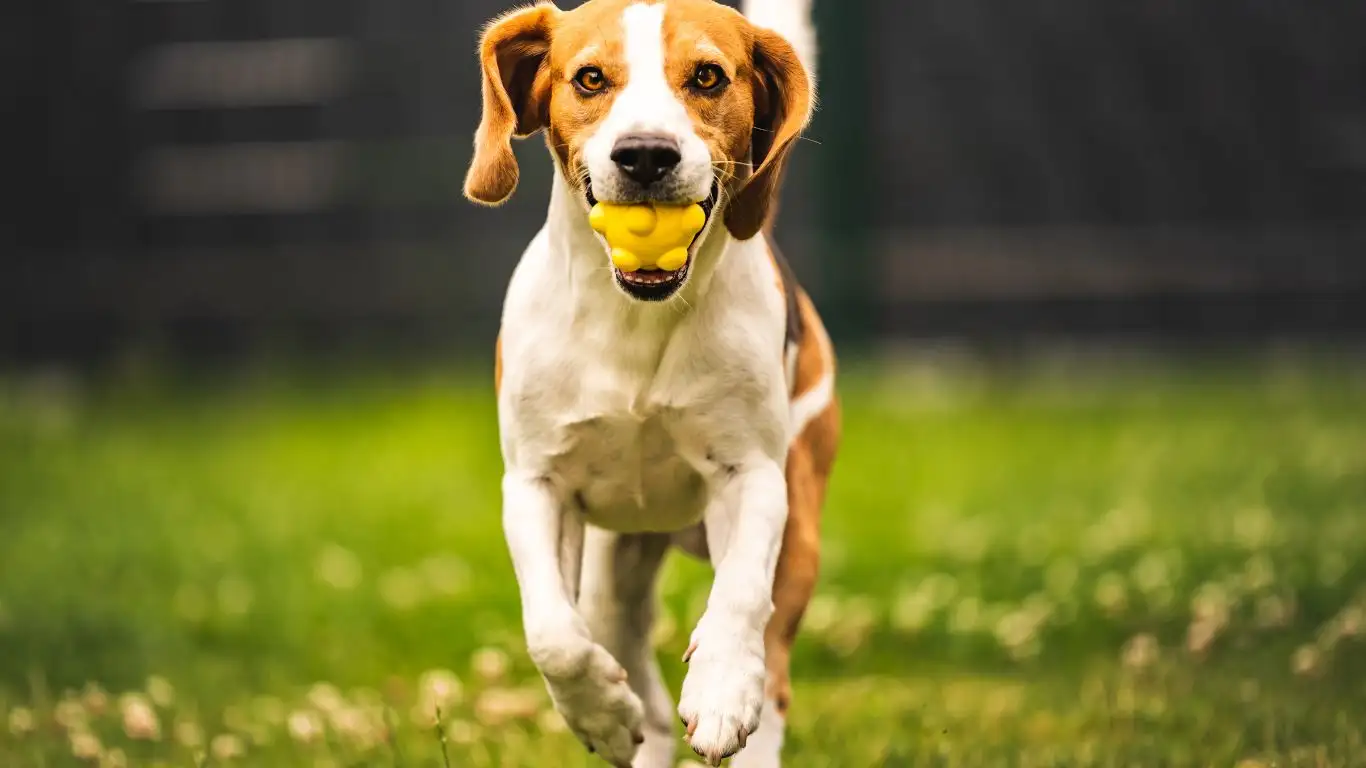
I can’t stress enough how important consistency is in dog training. Whether I’m training for medical procedures or helping a dog stop biting their leash, consistency makes all the difference. You can’t expect your dog to stop biting the leash after just one walk. Dogs thrive on routine. They need to know exactly what’s expected of them, and they need plenty of practice.
Here’s what consistency looks like in real life: If your dog bites the leash during the first part of your walk, redirect them with a toy or treat, and continue walking. Don’t give up if they do it again right away. Every time they stop biting and start walking calmly, offer a reward. Over time, they’ll begin to make the connection that leash biting gets them nowhere, but calm walking leads to good things. It’s all about creating that mental pathway.
Timing Your Rewards
Timing is another thing I’ve learned over the years. In both medicine and dog training, the timing of your response is crucial. If your dog bites the leash, and you only reward them after they’ve calmed down several minutes later, they won’t fully connect the calm behavior to the reward. Instead, reward them right when they stop biting, so they understand exactly what earned them the treat or praise. It’s all about instant feedback.
You’re not just teaching your dog to stop biting the leash; you’re teaching them how to behave properly during walks, how to focus on you, and how to engage with the world calmly. If you’re consistent with your timing and rewards, your dog will begin to see walking as an enjoyable and relaxed activity rather than a time to chew on everything in sight.
Addressing Common Mistakes During Training

Training can be tricky, and sometimes it feels like you’re not making any progress at all. Don’t get discouraged. I’ve been there with my own dogs, and I can tell you, the progress is often slow but steady. However, there are a few common mistakes I see that can really set back your training. Let’s go over them so you can avoid them right from the start.
1. Giving Up Too Early
One mistake I see a lot of dog owners make is giving up too early. I know, I know—when your dog starts biting the leash again for the tenth time in a row, it’s easy to think, “This isn’t working!” But let me tell you, consistency is the game changer. Don’t throw in the towel after just a few failed attempts. My first dog took weeks to stop biting the leash, but I stuck with it. You will too—and that’s when the real results happen.
2. Using Negative Reinforcement
Another common pitfall is using negative reinforcement, like yelling at your dog or physically pulling the leash out of their mouth. It might seem like it’s working in the moment, but it actually causes confusion and anxiety in your dog. Instead, focus on positive reinforcement—praise, rewards, and keeping the training session as stress-free as possible.
3. Not Practicing Enough
Dog training isn’t a one-and-done type of deal. It takes practice, practice, and then some more practice. If you only train your dog once every few days, don’t be surprised if they keep biting the leash. Set aside time for short, daily training sessions. This will help reinforce the behavior you’re trying to achieve.
Remember, training your dog to stop biting their leash isn’t just about teaching them *what not to do*—it’s about teaching them what you *want* them to do. With patience, consistency, and positive reinforcement, you’ll be on your way to calmer, more enjoyable walks.
Using the Right Gear to Help Prevent Leash Biting
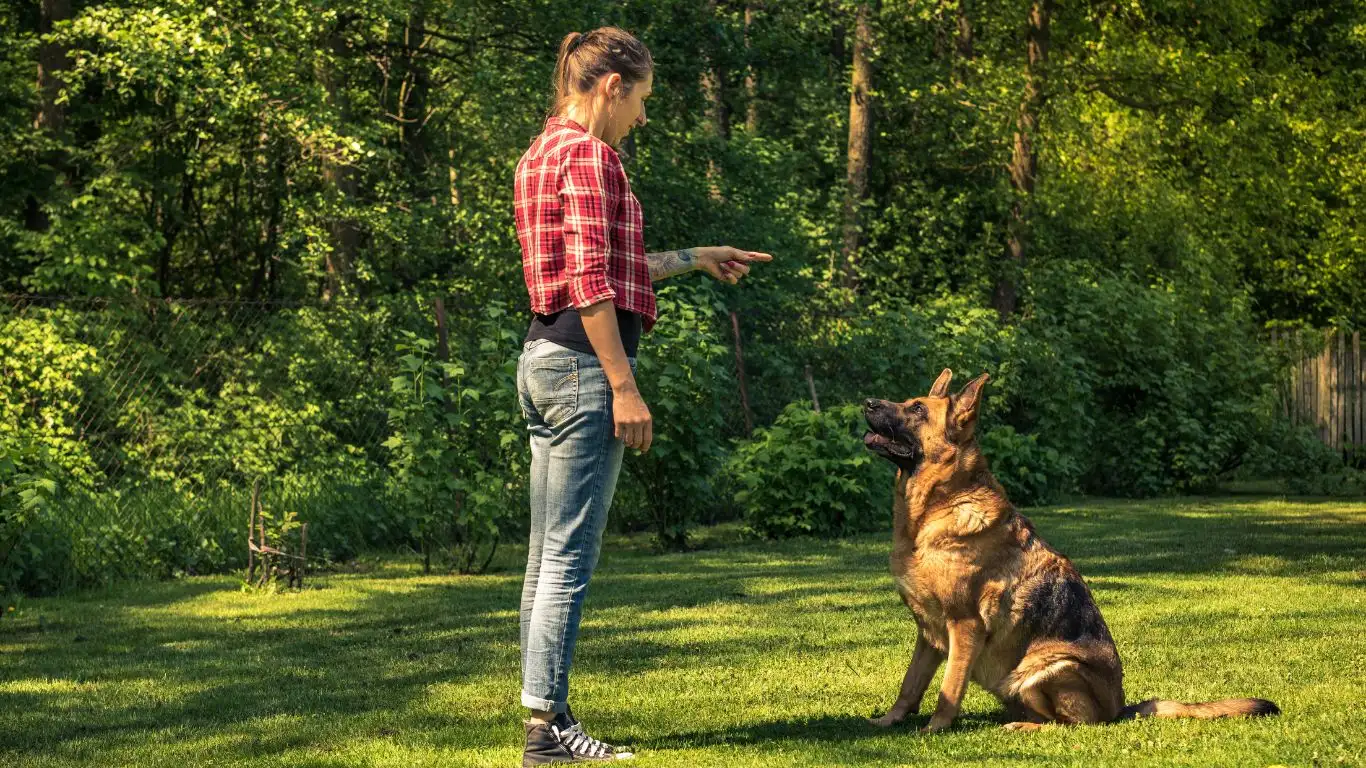
Sometimes, no matter how well we train, our dogs just need a little extra help from the right equipment. After all, when you’re dealing with leash biting, it’s not just about training but also about making sure you’re using gear that supports the process. I’ve personally found that the right harness or leash can make a huge difference. For example, switching from a standard collar to a front-clip harness helped my dog focus less on the leash and more on walking calmly.
Harness vs. Collar: What’s Best for Leash Biting?
One of the first things you might want to try is switching your dog’s collar to a harness. I know, at first it sounds simple, but trust me, it can help. Regular collars put pressure on your dog’s neck when they pull or bite the leash, which can lead to discomfort or even injury over time. A harness, especially one that clips at the front, gives you more control and reduces the temptation for your dog to pull or bite the leash.
Here’s why a front-clip harness can work wonders for leash biting:
- Reduces Pulling: The front-clip harness steers your dog’s body toward you when they pull, which helps reduce the urge to yank and bite at the leash.
- Less Pressure on the Neck: It’s gentler on your dog’s neck and throat, which makes for a more comfortable walk overall.
- Better Control: It gives you more control over your dog’s movements, which can help you prevent them from lunging and biting the leash.
Of course, make sure you pick a well-fitting harness. You want it snug but not too tight, ensuring your dog can move comfortably while also feeling supported.
What to Do if Your Dog’s Leash Biting Doesn’t Improve

So, what happens if you’ve tried everything and your dog’s leash biting is still causing chaos? Trust me, I’ve seen it happen in my own experience with dogs—and sometimes, despite all the training, your dog might still struggle with certain behaviors. But don’t give up just yet.
Consult a Professional Trainer
If you’ve been consistent with training, used positive reinforcement, and even changed your dog’s gear, but your pup still won’t stop biting the leash, it might be time to call in a professional. I know, asking for help is hard, but sometimes a trained behaviorist can spot things you might have missed. They can offer hands-on advice tailored to your dog’s personality and unique needs. Plus, it’s always helpful to have a second set of eyes on the situation.
Check for Underlying Health Issues
As an Internal Medicine Physician (Hypertension Management), I’m trained to spot underlying health issues that could affect behavior. If your dog’s leash-biting behavior is new or has suddenly worsened, there might be an underlying physical issue at play. Sometimes, pain or discomfort can cause behaviors like leash biting. For instance, dogs with joint problems or injuries might start acting out in different ways, especially during walks. If you suspect this could be the case, it’s worth taking your dog to the vet for a thorough check-up.
If everything physical checks out, and your dog’s behavior is purely a training issue, keep working at it. Training takes time and patience. I always remind myself that just like managing hypertension, there’s no instant fix—it’s a slow and steady process that, when done right, pays off in the long run.
Additional Resources for Dog Training
If you want to dive deeper into dog behavior and training, there are some amazing resources out there that have helped me tremendously over the years. These websites offer expert advice, tips, and training techniques that can complement what you’re already doing. Here are a few to check out:
- American Kennel Club (AKC) – A great place for dog training tips, breed information, and much more.
- PetMD – A trusted source for pet health advice that can help you spot any health issues affecting your dog’s behavior.
- Dog Trainer – A site full of professional dog trainers and training tips that can really make a difference.
Each of these resources is filled with expert advice that can help you take your dog’s training to the next level. Whether you’re looking for advice on leash biting or general behavioral training, they have the tools you need to succeed.
Disclaimer
The information provided in this article is for general guidance and should not be considered medical or professional advice. Always consult a veterinarian or a certified dog trainer for personalized recommendations based on your dog’s specific needs and health condition.
